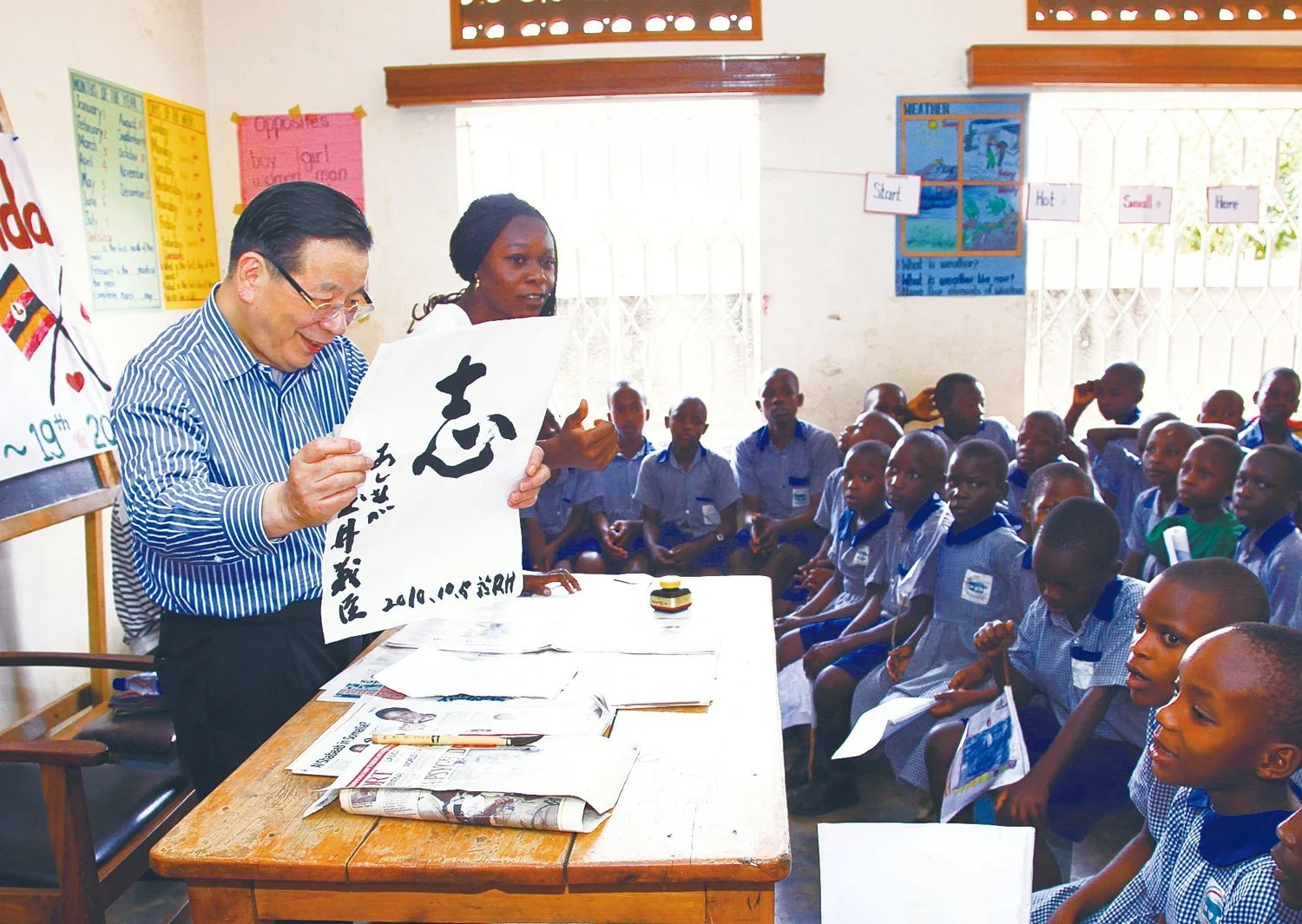About Ashinaga
ASHINAGA IN JAPAN
The Ashinaga movement began in 1960s Japan, and has since expanded all across the globe. To date, we have helped more than 110,000 orphaned students access education, receive emotional support, and reach their full potential.
In 2014 we launched the Ashinaga Africa Initiative: an international leadership program that cultivates the next generation of leaders for Africa.
History
The first nationwide fundraising of the Ashinaga movement, 1967
In 1993, Tamai expanded support beyond students orphaned by traffic accident, founding the Ashinaga Foundation. Driven by the 1995 Great Hanshin-Awaji Earthquake, the foundation established the "Rainbow House," a care facility for children to alleviate the resultant trauma of the tragedy. Today, as the one of the most well-known NPOs in Japan, Ashinaga strengthens bonds between scholars, conducts overseas programs, and manages student dormitories, playing a vital role in promoting interaction and support while ensuring emotional well-being.
As a way of “paying it forward” for the Hanshin-Awaji disaster assistance received from overseas, the Ashinaga Foundation expanded its support globally. In 2001, "Ashinaga Uganda" was established in Nansana, initially for HIV/AIDS orphaned children. Since 2014, the Ashinaga Africa Initiative (AAI) program supports higher education for students who lost one or both parents in Sub-Saharan Africa.
The term "Ashinaga" originates from the American literary work "Daddy Long Legs". This term symbolizes the “Ashinaga movement” supporting students, who have lost one or both parents and students whose parents have a disability not allowing them to work, through anonymous donations. Over the past 55 years, this movement has helped around 110,000 students gain access to education.
The origin of the movement begins with the Founder, Yoshiomi Tamai's mother's tragic traffic accident. Tamai began highlighting frustration faced by accident victims' families in Japan lacking traffic rules and insurance systems. Tamai and like-minded individuals initiated an advocacy movement, evolving into the Traffic Accident Orphans Association in 1967, funded by anonymous donations, and established a scholarship system.
Yoshiomi Tamai at the Ashinaga Rainbow House School in Uganda




